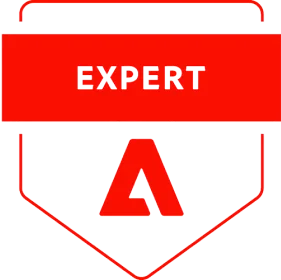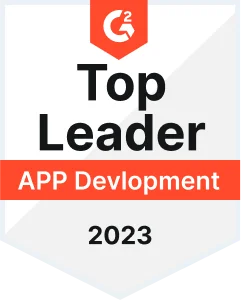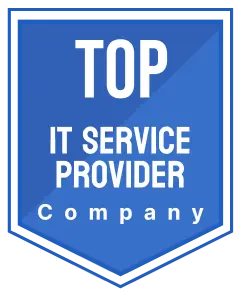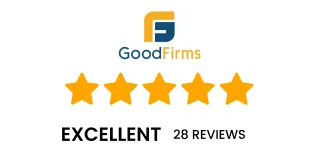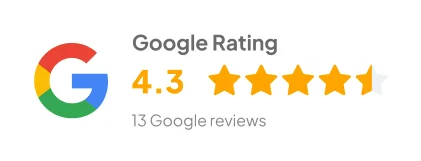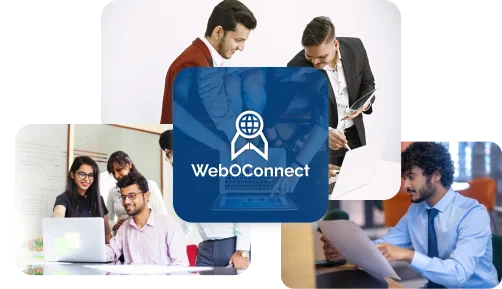Modern society depends on effective communication methods for all social interactions ranging from personal to professional. Individuals who have hearing difficulties encounter major obstacles while attempting to use regular communication methods. The deployment of communication assistive technology has reduced communication barriers to enable better and more efficient interactions between hearing individuals and people who are deaf or hard of hearing.
Digital transformation has made access concerns more essential for businesses to implement across all their organizational activities. Organizations implementing solutions for inclusivity enhance user experience while discharging social responsibilities and gaining strategic advantages.
This article discusses the communication barriers confronting the deaf and hearing-impaired and gives thorough explanations of certain technological innovations affecting communication.
Understanding the True Challenges of Communication
1. The Limitations of Lip Reading
The general perception holds lip reading to be an effective way to communicate despite its high unreliability. The visible portion of spoken language covers only 30–40% of lips which impairs complete speech comprehension particularly when noise interferes with communication.
2. Text-Based Communication Falls Short
Communications based on text and emails along with chat tools function as alternatives to speech but fail to deliver live interactions and necessary emotional information or availability for workplace or critical emergencies.
3. Outdated Tools Limit Inclusion
The practice of using poorly designed captioning services and inaccessible customer support systems remains prevalent among many organizations. Organizations need to develop inclusive real-time solutions which provide intuitive interfaces to deliver equal communication access for all.
Key Assistive Technologies Transforming Communication
Assistive technology development for deafness and hearing difficulties is changing how people access stations in their daily routines and at work as well as in their digital communications.
1. Hearing Aids and Cochlear Implants
- Digital hearing aids can enhance both volume and sound clarity while providing remote connectivity for telecommunication purposes and audio stream functions.
- The technology of cochlear implants enables the auditory nerve to receive direct stimulations by avoiding the defective areas of the ear thereby improving hearing reception.
2. Speech-to-Text Tools and Live Captions
- The real-time conversion of spoken words into text serves the comprehension of everyone.
- AI captioning provides support for live events, educational environments of the rest of society, as well as content for teaching and learning over the Internet.
- Live captions in the show are available on Zoom, Google Meet, and Microsoft Teams for inclusive communication.
3. Sign Language Recognition and The AI Interpretation
- Utilization of this technology entails sign language recognition via software with provisions for AI, which translates signed communications into text and speech for the users who are unable to communicate via sign language.
- Google- and Microsoft-funded AI sign-language interpretive technology aims at optimizing accessibility for all entities.
4. Assistive Listening Devices (ALDs)
- These assistive listening devices (ALDs) provide enhanced hearing performance during particular occasions like crowded environments as well as theater productions.
- The FM and infrared systems transmit amplified sounds straight to hearing aids and specific receiver devices.
- Signals are transmitted via the loop system directly into the appropriate hearing aids, enhancing the user's ability to hear in public places.
5. Mobile Apps and Smart Wearables
- Accessibility mobile applications feature instant transcription, sign language support, and emergency notifications.
- systems.
- The captioning function of smart glasses shows live speech-to-text translations through its display.
- Haptic feedback technology in wearable devices helps people with hearing loss to detect their environment better.
Impact of Assistive Tech on Businesses and Organizations
1. Why Investing in Inclusive Technology Benefits Businesses
Every business must adopt accessibility solutions because these measures satisfy mandates established by the ADA (Americans with Disabilities Act) and WCAG (Web Content Accessibility Guidelines). Organizations gain three essential advantages through inclusive accessibility implementation – they fulfill legal standards while earning better brands and gaining loyal customers along with more inclusive workplaces.
2. Improved Accessibility Leads to Better Customer Engagement
The use of accessible technology allows businesses to reach out to customers who have hearing impairments as well as other audience groups. The combination of live chat assistance with AI sign language interpretation through voice-to-text functions elevates customer satisfaction levels.
3. Real-world examples of Tech-Driven Accessibility Success
- The online streaming services Netflix and YouTube maintain sophisticated subtitle and caption features to enhance accessibility throughout their content.
- Visual notifications and text alert systems operate in combination throughout airline networks and public transportation system terminals to assist those who have hearing difficulties.
- Retail outlets together with banking institutions offer sign language videos as basic support during customer assistance.
Companies which invest in assistive technology solutions obtain competitive advantage through user-friendly features that include all customers.
WeboConnect Offers Solutions to Develop Inclusive Technology Systems
WeboConnect develops assistive technology solutions to help organizations and businesses design all-inclusive communication systems for their customers.
WeboConnect’s Innovative Solutions for Accessibility
- The application of artificial intelligence speech recognition technology allows the users to receive real-time transcription along with the captions services.
- Sign language translation tools based on machine learning algorithms and computer vision programs.
- The company builds highly customized mobile applications for accessibility needs, speech-to-text, and text-to-speech functions.
- Integration of assistive listening systems into business communication platforms.
Case Study: Terp2Go – Enhancing Accessible Communication
Terp2Go serves as an exemplary case in which technological solutions boost accessibility for communication platforms.
We at WeboConnect company, created Terp2Go which represents an advanced interpretive platform that offers immediate sign language support. The solution enhances access to workplaces together with education facilities and customer service environments.
For a detailed look at how WeboConnect built Terp2Go, explore the full case study.
The Future of Assistive Tech
1. AI, Machine Learning, and Next-Gen Accessibility Tools
Assistive technology development for deaf and hard-hearing users follows these main directions in the modern world:
- Recipients can transfer sign language messages through AI systems for uninterrupted dialogues.
- Machine learning can be ethically uplifted by artificial speech recognition using contemporary techniques. Nowadays, it is an augmented reality application that provides subtitles in real-time.
2. Demand for Inclusive Technology is Rising in All Industries
Indeed, this technology improves healthcare; e.g. in education, among its roles in entertainment and e-commerce; let's say it aims to advance accessibility by providing all users the access they require.
The upcoming market leaders should understand the advantages of this technology and take strategic actions to integrate and execute the tech ability in the market.
Partner with WeboConnect to Build an Inclusive Future
At WeboConnect, we build accessibility solutions scalable and AI-driven, propagating according to business demands. If you have an interest in making accessibility to your platform, partner with WeboConnect today and create an inclusive country for the future of digital.
Conclusion
There will be a transformation in communication for the deaf and hard of hearing community through assistive technology; breaking barriers and creating new avenues for inclusion will happen simultaneously. Innovative companies comprehend the importance of accessibility solutions because they meet the demand regulation-wise and do something more by providing higher customer engagement.
WeboConnect thus serves as a great facilitator in the area of inclusive tech solutions and keeps organizations ahead in their games. Businesses can experience the reliability and the advanced tech implementation which can help them to be the market leaders.

_thumb.webp)
_thumb.webp)
_thumb.webp)

_thumb.webp)

